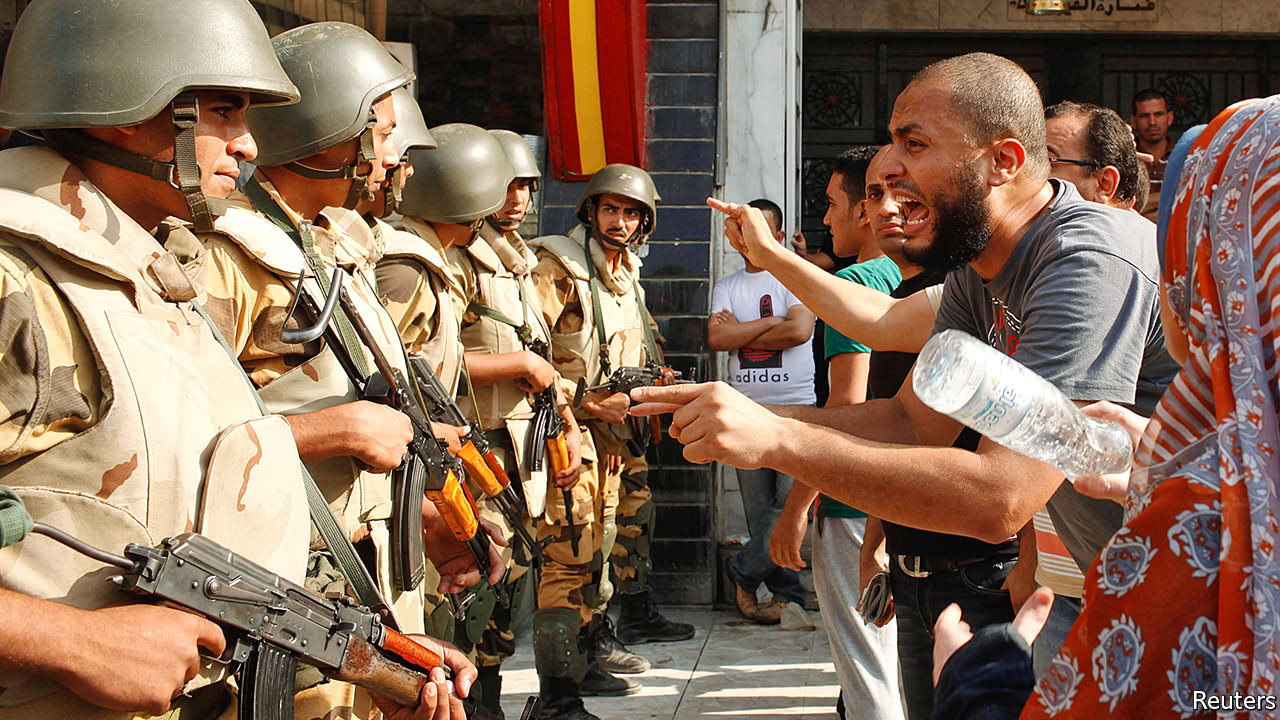A masterclass from the maestro.Roger has won against the lefty serve and volley specialist from Spain Faliciano Lopez in straight sets. Lopez was a tricky opponent. Typical lefthander's heavy serve, solid ground strokes on both flank, deep slices and solid volleys. But the master was in the mood. When he is in this kind of mood it is difficult for any opponent.
In the second set Roger's first serve percentage was 34 percent. But the greatest second serve in the history of the game came to his rescue time and again.
In the third set also first serve percentage was poor. Roger was serving 3- 1 up. Suddenly he got broken at love. Lopez was playing some mervellous tennis. Roger's legion of fans had their heart in mouth. But Federer held firm. When the commentator says : are you kidding me, it is ridiculous you know the magician is on song. Federer won the third set at 7- 5.
My nerve has settled down for now.
In the second set Roger's first serve percentage was 34 percent. But the greatest second serve in the history of the game came to his rescue time and again.
In the third set also first serve percentage was poor. Roger was serving 3- 1 up. Suddenly he got broken at love. Lopez was playing some mervellous tennis. Roger's legion of fans had their heart in mouth. But Federer held firm. When the commentator says : are you kidding me, it is ridiculous you know the magician is on song. Federer won the third set at 7- 5.
My nerve has settled down for now.















